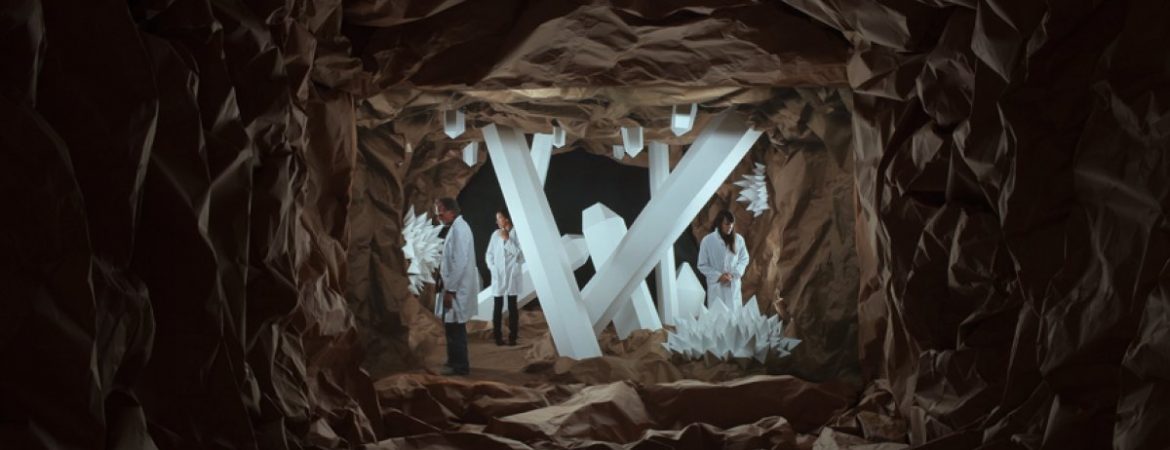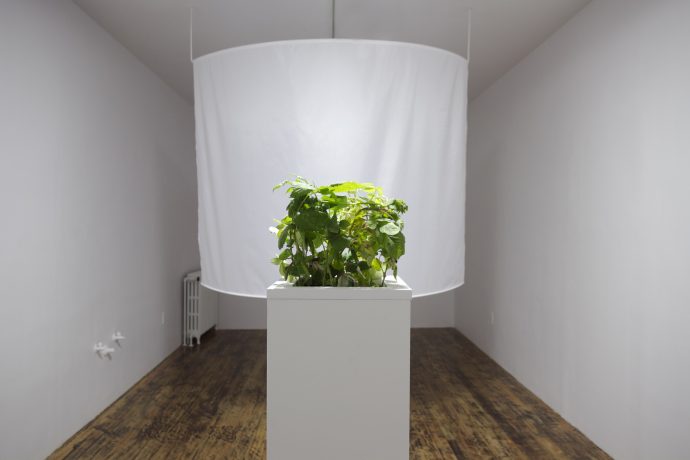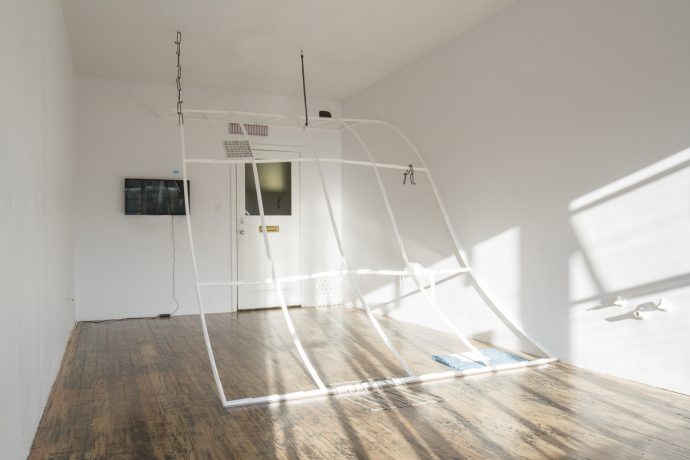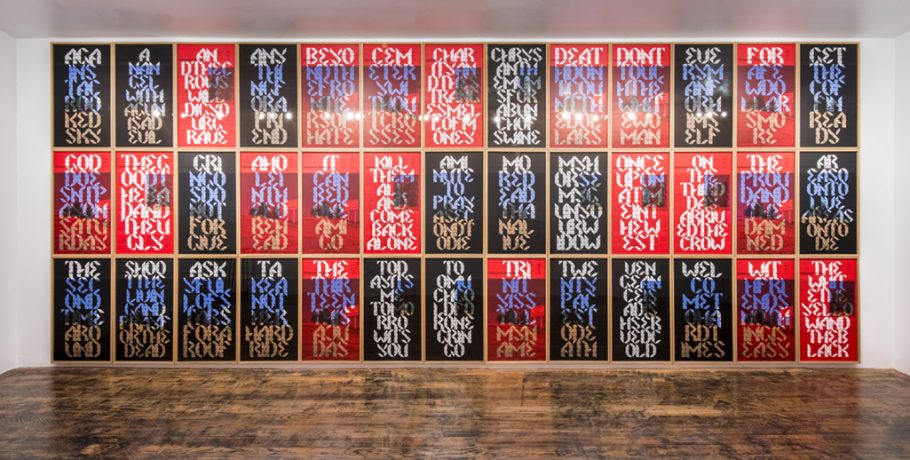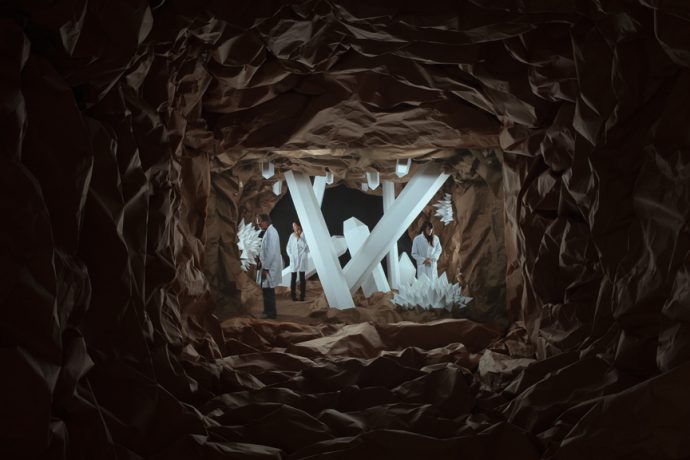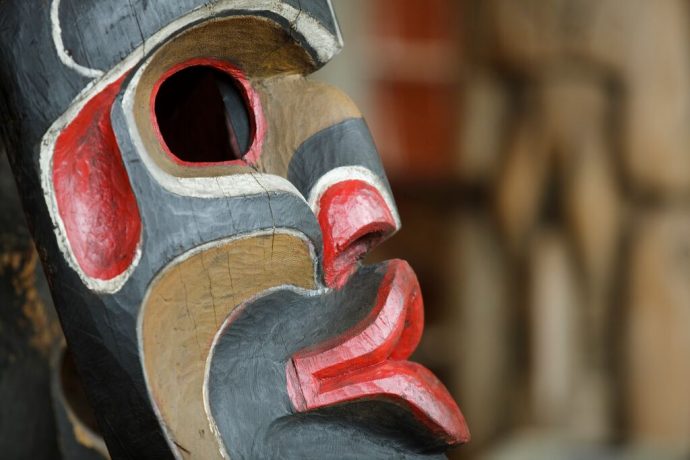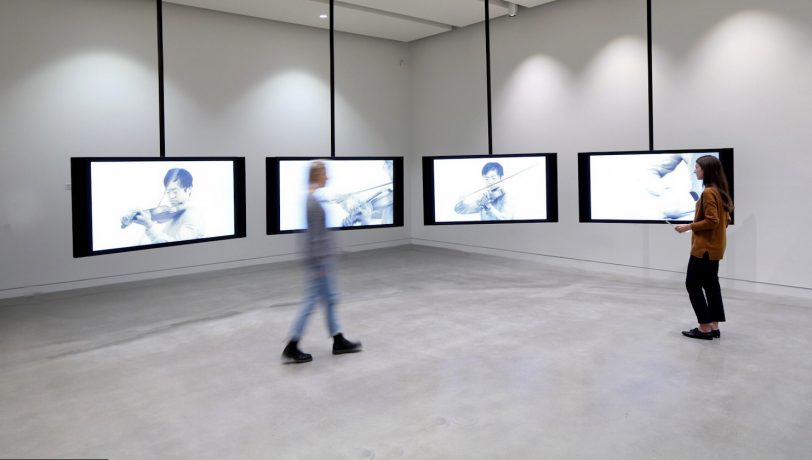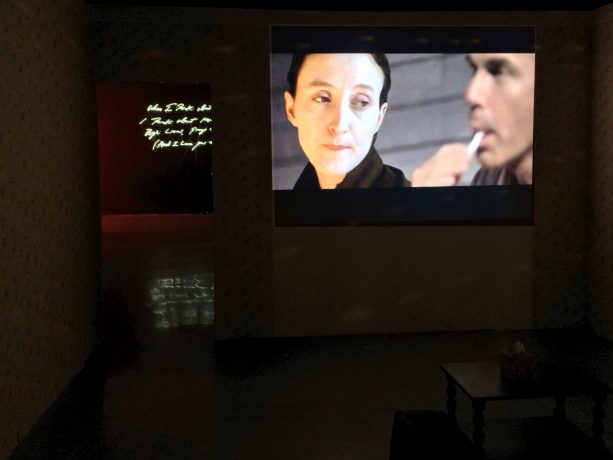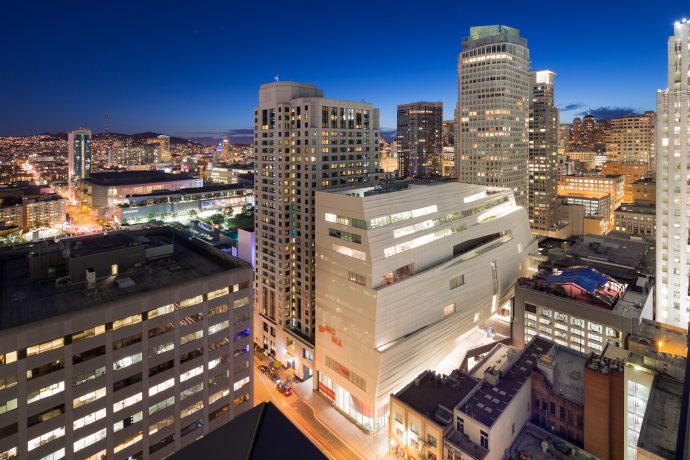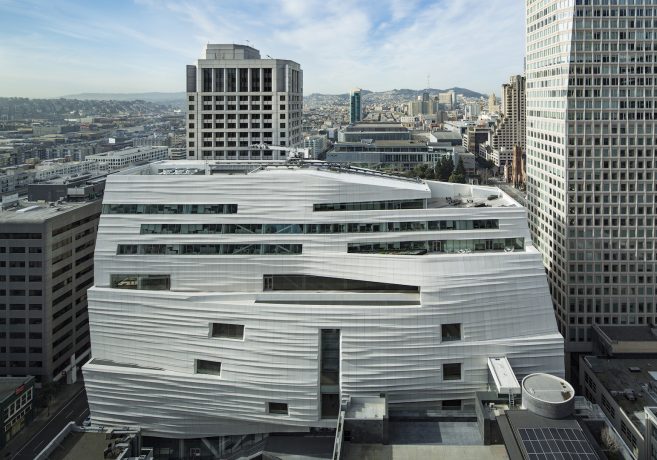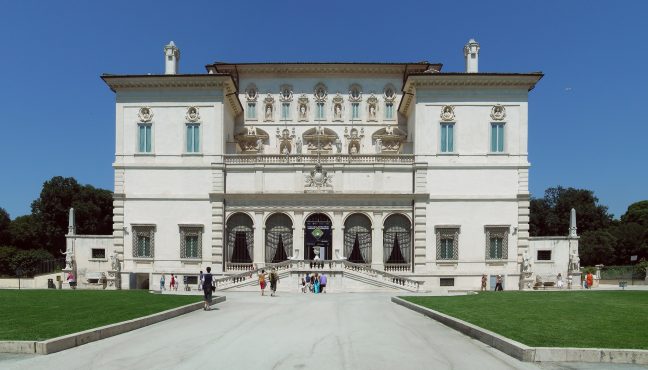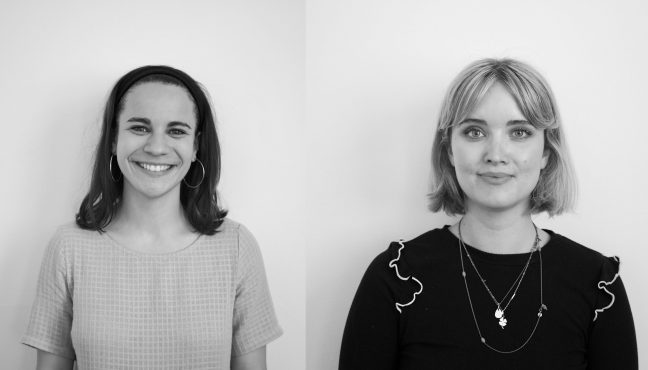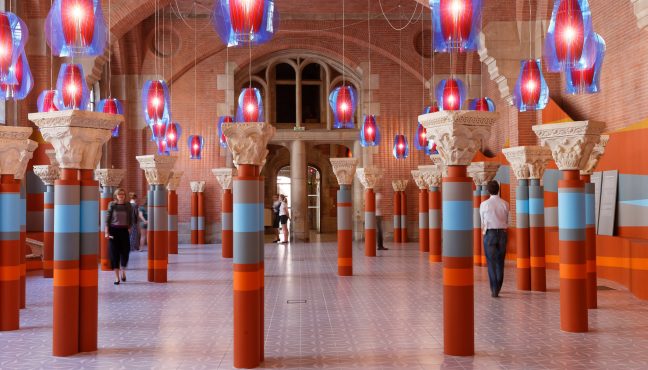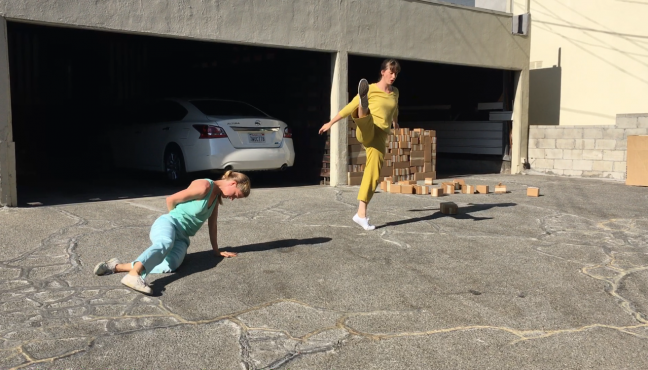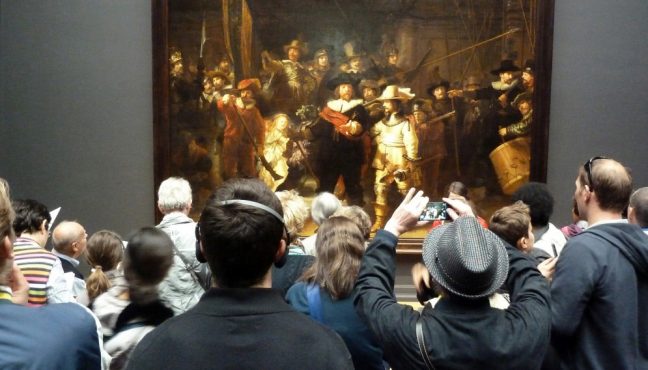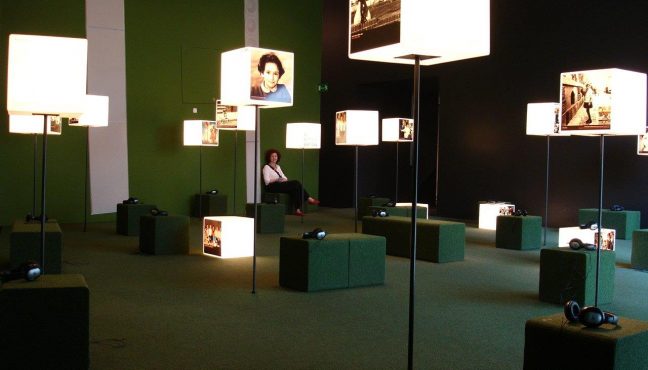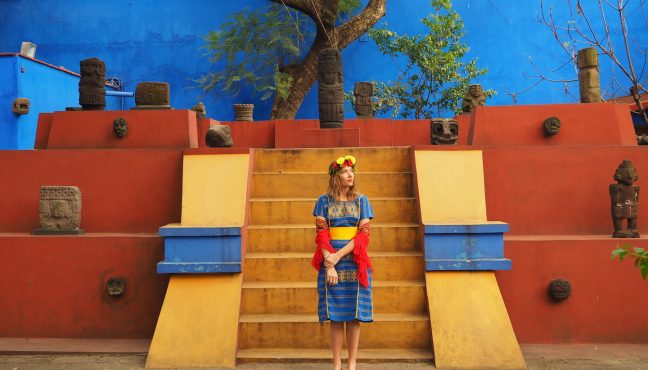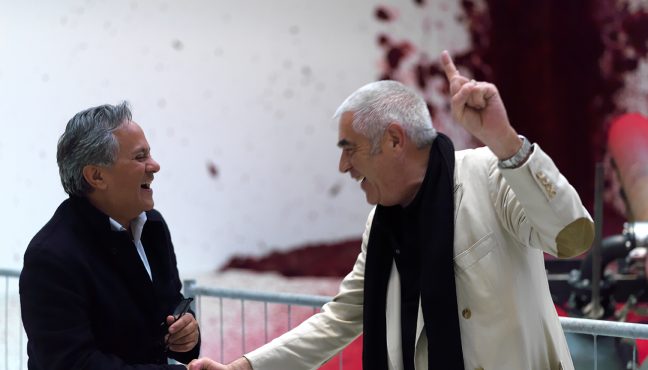Lauren Marsden is a media artist, writer and art educator based in Vancouver. She received a BFA in Visual Arts from the University of Victoria and an MFA in Social Practice from the California College of the Arts. Her work was exhibited at CSA Space in Vancouver, The New Media Gallery in New Westminster, Alice Yard in Port-of-Spain, and the Trinidad + Tobago Film Festival. Lauren has worked for Stanford University, CCA, The Wattis Institute, Emily Carr University of Art + Design, and Langara College. She is also the editor of Decoy Magazine, a Vancouver-based online platform for critical arts writing and curating.
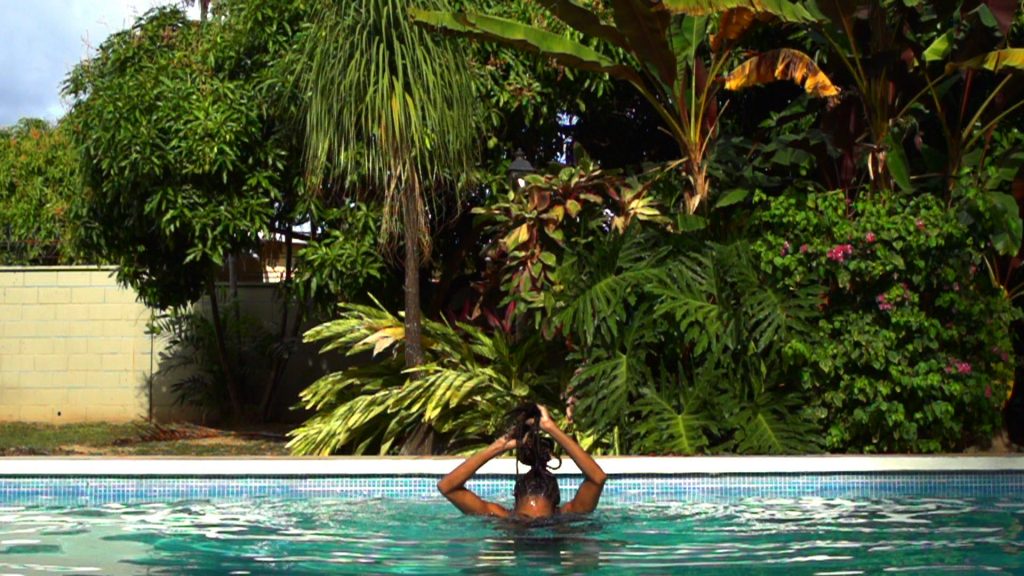
Your secret art venue when you seek peace and quiet
CSA Space. The exhibition programming there is among the best in Vancouver. It is a small, unassuming gallery that transforms itself with each exhibition. To get there, you have to request a key from Pulp Fiction Books at 2422 Main St., go back outside, walk a couple doors down and then head up the stairs. You reach the second floor hallway, which quietly leads you to the gallery. It’s a simple room. I always feel that I can really spend my time with the work up there, by myself, without anyone watching me. There is a special calmness there.
The best food experience in an art space
Once there was an event at an art space called the STAG Library, which was a project in the house of Aja Rose Bond and Gabriel Saloman in the Strathcona neighbourhood of Vancouver. It was a small fundraiser dinner party in 2012 that involved arts writers, curators, artists, actors, and local chefs. The entire meal, which was served over several courses was created with local and foraged ingredients and was based on food references in Italo Calvino’s 1972 text Invisible Cities. It was one of the best meals I’ve ever had in my life. The STAG is no longer around, but it was one of those places where artists of all kinds gathered to create, discuss, and perform. I’m sure someone will write a book about it someday.
Your secret art venue when you seek peace and quiet
I can’t say that I am much of a gift shop person. But the one shop that could change that is the Museum of Anthropology at UBC. Not only is it an impressive museum with a commitment to ethical practices and the cultivation of research within the community, but they have also included some interesting artist programs into the gift shop inventory. Each year, MOA hosts a T-Shirt contest for Indigenous, Aboriginal, First Nations, Inuit, and Métis artists, and the winning design is available for purchase at the shop. MOA also does a really good job at featuring artists’ products through the gift shop, while also providing great artist profiles and interviews on their website.
Your secret art venue when you seek peace and quiet
The New Media Gallery in New Westminster. This is one of the best art spaces in BC. The curators have a keen eye for talent and innovation and their thematic exhibitions are always beautifully designed. They present artists who are at the forefront of contemporary thought and technology while creating an experience that is accessible to all audiences. As a media artist myself, I am blown away by their ability to accommodate several immersive installation artworks simultaneously, which is no simple task. The gallery re-builds the space for each exhibition to suit the unique qualities of each artwork, which is something I really admire and appreciate. Each time you enter the gallery you are stepping into a whole new universe.
Please share with us a special personal memory related to a museum experience
One of my favourite memories is experiencing On View: Candice Breitz, a video installation at SFMOMA in 2009. I have been to SFMOMA many times and witnessed countless stellar programs there, but this one stuck with me, especially as an artist. I was enraptured by her huge multi-channel video installation of Working Class Hero (A Portrait of John Lennon) (2006). It was so wonderfully installed that I felt I was actually inside the work. I was also impressed by the presentation of her piece called Mother (2005), another video installation that takes place across several screens. I was very affected by this work both in my own practice and as a teacher. I often show Brietz’s works to my students as examples of cultural identity expressed through a socially engaged video practice. I will never forget that moment. It was a chance for me to have a much bigger understanding of how to work with multiple channels, a diverse cast, and immersive space with video imagery.
